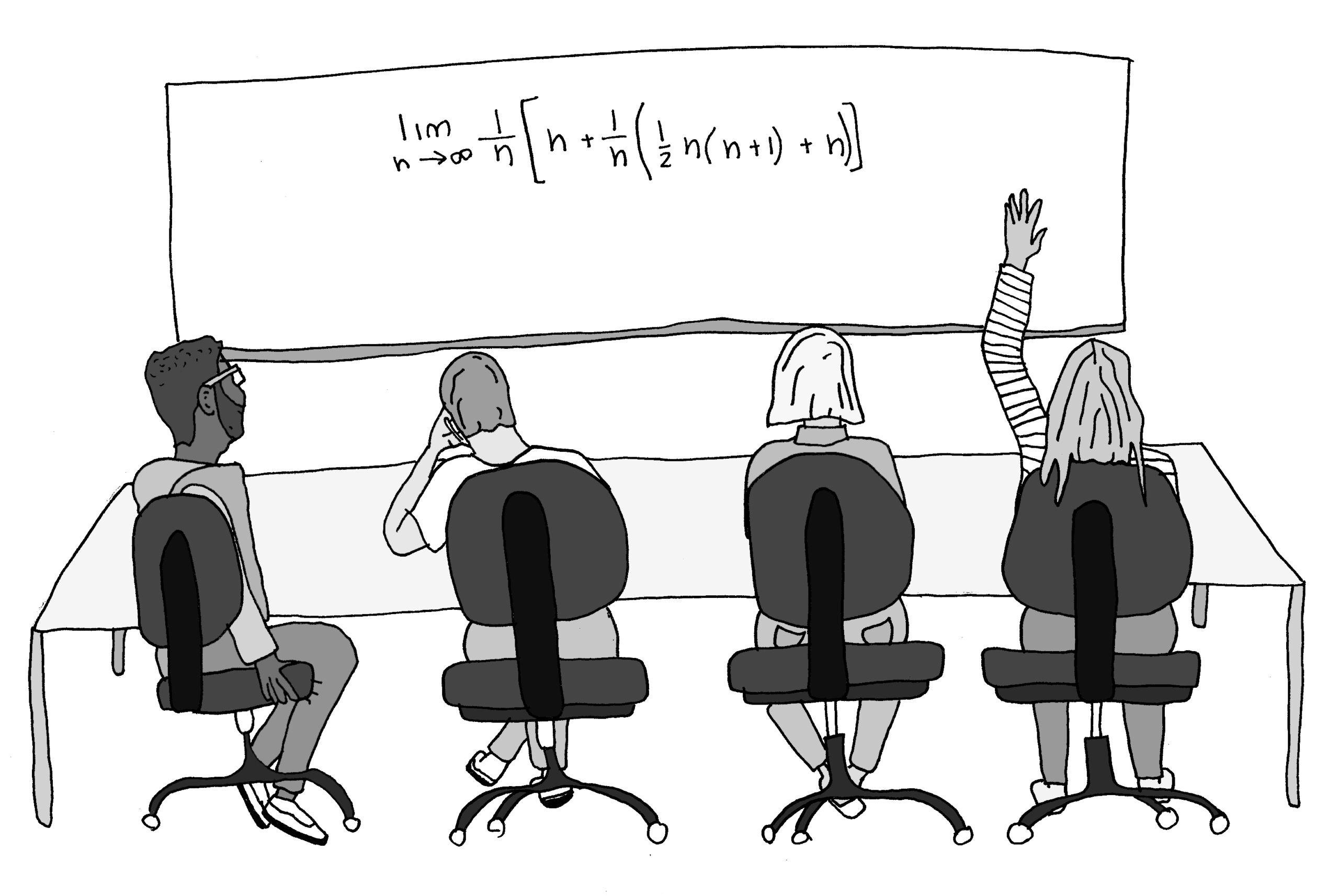Why all the black kids are sitting together in the classroom
September 28, 2018
 This
piece represents the opinion of the author
.
This
piece represents the opinion of the author
.
 Sara Caplan
Sara CaplanImagine, for a moment, that you are in your favorite class of the semester. It is a Thursday afternoon, and the week is almost over. You settle into your seat, and then a student walks in wearing a mechanic’s uniform. You look around the room, but nobody seems to notice a problem, except for you. This may be a fashion statement to them, but this jumpsuit is familiar to you—your father wears one to work every day.
This is what I, and others, call a microaggression. In my experience, they are commonplace. Some people carry tiki torches and wave Confederate flags; others forget Black people’s names and touch their hair without permission.
In my last column, I wrote that I am very often given the responsibility of representing the Black experience to ignorant white people. This is a bold claim, but it is one I would very much like to substantiate in this piece. So, if you’re wondering why all the Black kids are sitting together in the classroom, sit back and buckle up. (But also, if you never even realized that we self-segregate, stop reading right now … there is nothing I can do for you.)
Now, there are classic examples of white spaces here at our college such as the Outing Club and even the Orient, but perhaps less recognized is one we all inhabit: the classroom. About 30 percent of students on campus self-identify as people of color, and while this is an admirable statistic, it does not show how often students of color do not represent 30 percent of a room. There might be a majority of students of color in an Africana Studies class but just a handful in a history one. Consider for a moment, what it is like when you are just one of a handful.
Your environmental studies professor puts Colin Kaepernick on the board, and nobody has even heard of him. Your cinema studies class covers the Oscars, and nobody thinks Moonlight should have won Best Picture. Your English class reads “Citizen” by Claudia Rankine, and everybody looks to you for your reaction. In some of these instances, sure, there are allies in the room, and you make sure to sit next to them in every class afterwards. Most moments, however, you are alone. There is nobody who understands the small things that gnaw at you constantly.
If you struggle to relate to this, let me set another scene for you. It is an Af-Am party, the annual Ebony Ball. There are more Black people here than you have ever seen in your entire life. What do you do? Do you dap them up, or do you leave after just a few minutes? I would guess that, regardless of your race, you look for the people similar to yourself. I, personally, hit everybody up, and, for a brief moment, I feel at home again.
But I can’t speak to your experience. I also can’t say that you’ve ever been to an Af-Am party—in which case, I suggest you think of another situation where you’ve been the minority. Think about how you reacted and who you surrounded yourself with. It’s alright if they were all white—it’s human nature to create comfort. But as you recognize these social conditions, do your part to change them. Put yourself in spaces where you are uncomfortable, recognize it and show up again. Institutional forces divide our campus, but white comfort creates a mainstream culture that furthers the divide.
The only way we change this campus is if we come together. Do you want a living wage for hourly workers? Do you want more faculty of color? More queer people in power? Then start by getting to know your neighbors, because when we as students present ourselves as a unified front to the administration, how can they tell us that this system works? That our requests are not valid? They simply cannot, and I sincerely look forward to that day.

Comments
Before submitting a comment, please review our comment policy. Some key points from the policy: